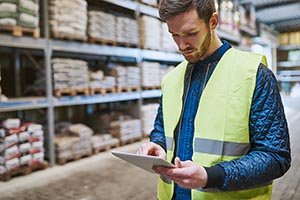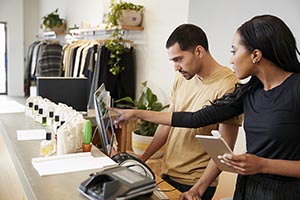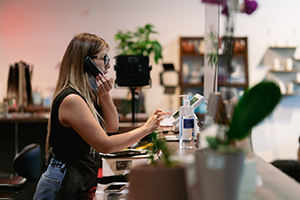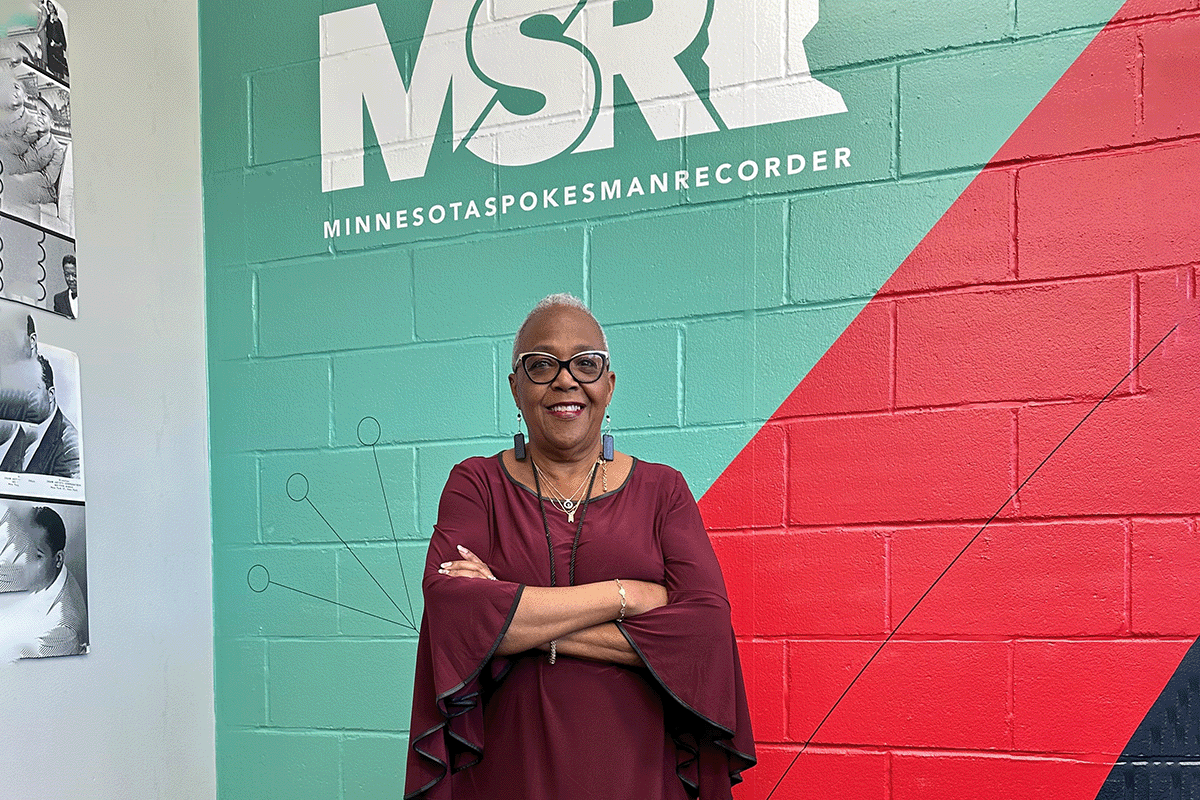Running a business has a lot of steps, and they don’t end with taking customer payments.
Even after handing a customer their receipt, companies still have to process and catalog said payments before they can use them to invest again. Transferring payment information used to be done manually; the process was time-consuming, expensive and lacked security protocols to keep processed information safe.
That process, however, has since been modernized. Point of sale (POS) solutions offer a few options to bring cloud accounting and digital banking together. When done correctly, this integration provides:
- Increased accessibility
- Tightened security
- Automated updates
- Options for integration
Accounting data used to be relegated to the desktop, existing only as an application on that computer. This meant that the data could only be accessed from that device and location. This model prevented the easy transfer and logging of data from one location to another, slowing down the payment process.
Top-of-the-line POS accounting software brings digital banking data to the cloud. Online models simplify the payment process, providing companies with:
- Universal access to their information from any device with internet access at any time
- Additional features such as live bank feeds and up-to-the-minute reporting.
This keeps your accounting information fresh and gives you a realistic view of the health of your business.
Tighter security protects you and your customers
Legacy accounting software offered few, if any, security options. The most that can be said for them was that their lack of accessibility protected them from cloud-based attacks. When using the actual device or desktop that the accounting information was stored on, however, this quickly became a different story.
Modern POS solutions bring data online, which provides:
- Higher levels of security on existing data within the POS accounting software
- Secure transfer of accounting data
Data transfer, in particular, used to be remarkably difficult, being done manually via USB or email. Heightened security makes it easier to collaborate with accountants, banks or other personnel. This way, your POS accounting software brings you closer to your business partners.
Automated updates save time and headaches
Because traditional accounting methods were confined to a single desktop, updates had to be done manually. This type of updating takes a great deal of time; the entire duration of which the device itself cannot be used. Updating also takes up the IT representative’s time, which could have been used for more specialized work.
Bringing your accounting information to the cloud ensures that updates are applied automatically when they become available. This carries major advantages over the traditional model:
- Your software is always up to date
- Your data is always available
- Your IT representative is free to handle other work
Because updates are applied specifically by the software provider, the impetus is no longer on your company to handle them. Similarly, it ensures that your biggest concern with updates is about working with them, not waiting on them.
Integration means agility
The biggest lesson learned looking back on legacy devices is that they have to be adaptable. Technology moves fast, and providers need to make sure their POS accounting software can integrate properly. Otherwise, their stored data has to be transferred manually. This takes up a great deal of time and poses several serious security risks.
Cloud-based systems perform this legwork for the company, automatically syncing POS sales information to third-party accounting softwares. This can be set to occur automatically at the end of the day, reducing human error inherent in the process. Connecting your two assets together via the cloud streamlines your daily operations and gives you less to worry about.
POS accounting software blends your biggest assets
Bringing your POS and accounting software together reduces the number of steps in processing payments quickly. The best part about the whole process is that it really only consists of a single key step: Bring your POS accounting software online.
By bringing your POS accounting software online, you can use it to secure payment information while integrating the rest of your software. Doing so also ensures that the insights gained from it are available on any device at any time. Talech’s integration options with POS accounting software simplify the process of running your business. We’ve worked for decades to help businesses merge their POS and digital banking to create technology solutions for your needs.
Continue reading to learn more about how you can stay organized when taking payments for your business.












































































